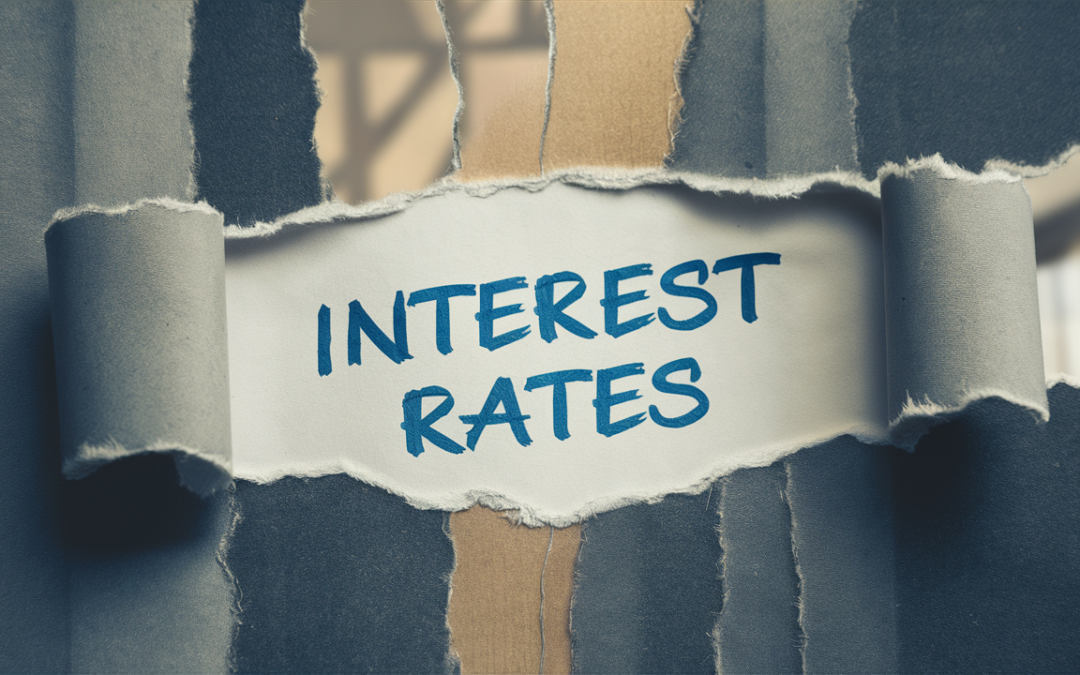Key Facts
- Reserve Bank of New Zealand (RBNZ) projects a 0.4% quarterly rise in the Q1 Consumer Price Index (CPI), with an annual figure slowing from 4.7% to 3.8%.
- The Official Cash Rate (OCR) has remained fixed at 5.5% with the RBNZ expecting high inflation rates to persist.
- A significant 56% of new loans are fixed for only one year or less, indicating the belief that mortgage rates have peaked and the next moves will be downwards.
- The Cordell Construction Cost Index, a measure of the cost of materials for new builds, saw a Q1 increase of 0.5%, with an annual change rate of less than 2.5%.
- Rents raised by 5.1% in the previous year, above the average of 3% but the smallest increase since July of the preceding year.
Article Summary
This week all eyes are looking forward to the release of the Q1 Consumer Price Index (CPI), majorly determining the market expectations and mortgage rates. RBNZ’s projections show a 0.4% quarterly rise in CPI with an annual figure slowing down to 3.8%. The inflations pressures from expenses such as rents and council rates still remain problematic, potentially impacting the overall index.
The Reserve Bank left the Official Cash Rate (OCR) unchanged at 5.5%, a verdict that didn’t surprise anyone. This sustained high OCR means that the housing market outlook remains the same, with sales and prices predicted to continue in their slow and patchy rise. Consumer behavior points to the belief that mortgage rates have peaked with 56% of new loans fixed for only one year or less. Short-term fixing involves a premium, however, it allows for flexibility to take advantage of potential rate drops.
The Cordell Construction Cost Index, monitoring new build costs, saw a meagre 0.5% increase in Q1 2024 and an annual change rate of less than 2.5%. This flattening could boost confidence in the construction sector, allowing builders to estimate job costs more accurately and potential homeowners to avoid unexpected cost increases.
In the rental market, rental growth is seen to be slowing down, with a 5.1% increase in the past year, pointing to a potential stabilization. However, whether this trend continues remains uncertain due to the high demand for rental property fueled by high net migration.











